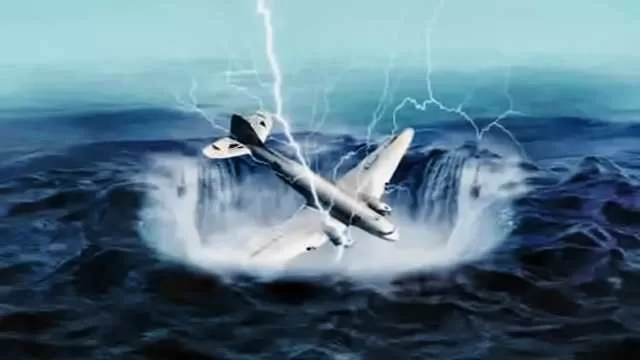The disappearance of Malaysia Airlines Flight MH370 on March 8, 2014, remains one of aviation’s greatest mysteries. With 239 passengers and crew on board, the Boeing 777 vanished from radar during a routine flight from Kuala Lumpur to Beijing, sparking an extensive search that has yet to yield definitive answers.
However, recent research by Vincent Lyne from the University of Tasmania may have uncovered crucial insights into the fate of the ill-fated flight.
A New Theory Emerges
Lyne’s study suggests that MH370 may have sunk into a deep pit approximately 6,000 meters below the surface of the Indian Ocean, specifically at the tip of Broken Ridge, an oceanic plateau in the southeast Indian Ocean. According to Lyne, this location serves as a “perfect hiding place” for the aircraft, making it exceedingly difficult to locate. The rugged and treacherous marine environment, characterized by steep sides and deep holes, could easily conceal the plane from search efforts.
Lyne’s assertion shifts the narrative surrounding the disappearance from one of fuel starvation and a high-speed dive to a more sinister interpretation: that the pilot, Zaharie Ahmad Shah, may have deliberately flown the aircraft into this remote area. He stated, “This work changes the narrative of MH370’s disappearance from one of no-blame to a mastermind pilot almost executing an incredible perfect disappearance in the Southern Indian Ocean.”
Controlled Ditching vs. Crash
One of the most significant claims made by Lyne is that the aircraft underwent a “controlled ditching” rather than a chaotic crash due to fuel starvation. This theory aligns with the analyses conducted by Larry Vance, a decorated ex-Chief Canadian Air-crash Investigator, who suggested that the plane had fuel and running engines at the time of its disappearance. According to Lyne, the fine sediments at the bottom of the ocean would have cushioned the impact, allowing for a more controlled descent.
Lyne’s research also points to a specific location where the longitude of Penang airport in Malaysia intersects with a flight path that the pilot had practiced on his home simulator prior to the incident. This connection raises questions about the pilot’s intentions and whether he had premeditated the flight’s final destination.
The Search Efforts
Despite extensive search operations covering vast areas of the Indian Ocean, only a handful of debris pieces have been confirmed as belonging to MH370. More than 30 pieces of suspected debris have been collected, with only three wing pieces definitively linked to the aircraft. The search has been hampered by the challenging ocean conditions and the sheer size of the area that needed to be covered.
Lyne’s findings suggest that previous search efforts may have overlooked the true location of the wreckage. He emphasized that the scientific community now understands why earlier searches failed and has identified the most likely resting place of the aircraft. “Whether it will be searched or not is up to officials and search companies,” he noted, “but as far as science is concerned, we know why the previous searches failed.”
Conclusion
Vincent Lyne’s research offers a compelling new perspective on the mystery of MH370, suggesting that the aircraft may lie in a deep, concealed location in the Indian Ocean. His theory of a controlled ditching executed by the pilot challenges previous assumptions about the flight’s disappearance and raises important questions about the events leading up to that fateful day.
As the search for answers continues, the story of MH370 remains a poignant reminder of the complexities of aviation safety and the enduring mysteries that can arise in the world of flight. While the families of those lost continue to seek closure, Lyne’s findings may provide a new avenue for investigation, potentially leading to the resolution of one of aviation’s most perplexing enigmas.

